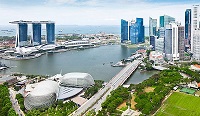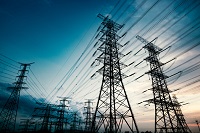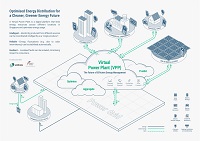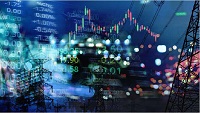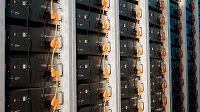Electricity Balance
Singapore generated 60 TWh of electricity in 2024. Of these, 91.6% (or 55 TWh) was generated by main power producers, while the remaining 8.4% (or 5 TWh) was by autoproducers.1 Own-use and losses for electricity generation in the transformation sector amounted to 3.2% (or 2 TWh) of total electricity generated.2
The industrial and commerce & services sectors accounted for 39.4% and 40.2% respectively (or 23 TWh each) of Singapore's total electricity consumption of 58 TWh in 2024. Household and transport sectors contributed to 14.6% (or 8 TWh) and 5.3% (or 3 TWh) of total electricity consumption, respectively.
1 Refers to enterprises that produce electricity but for whom the production is not their principal activity.
2 Transformation sector shows how energy is transformed, transferred, and used by energy industries for their own use and losses in distribution and transmission.
Energy Balance
- 1H 2025
- 2024
- 2023
- 2022
- 2021
- 2020
- 2019







Note: Data for 2025 was as at Jun-2025.
Natural Gas Balance
In 2024, the total natural gas supply in Singapore was 453,040 TJ. This was contributed by an import of 456,759 TJ into Singapore and a stock build of 3,719 TJ into the inventory.
393,748 TJ or 86.9% of total natural gas supply, was used for power generation in 2024. Another 62,723 TJ of natural gas, which included town gas, was consumed directly by end-consumers.
The industrial sector accounted for 89.5% (or 56,160 TJ) of total natural gas consumption by end-users. The remainder was consumed primarily by users in the commerce & services sector (6.1% or 3,830 TJ) and by households (4.1% or 2,588 TJ).
Natural Gas Balance
- 2024
- 2023
- 2022
- 2021
- 2020
- 2019






1 Stock Change: A positive figure for stock change denotes a stock draw while a negative figure denotes a stock build.
In This Chapter
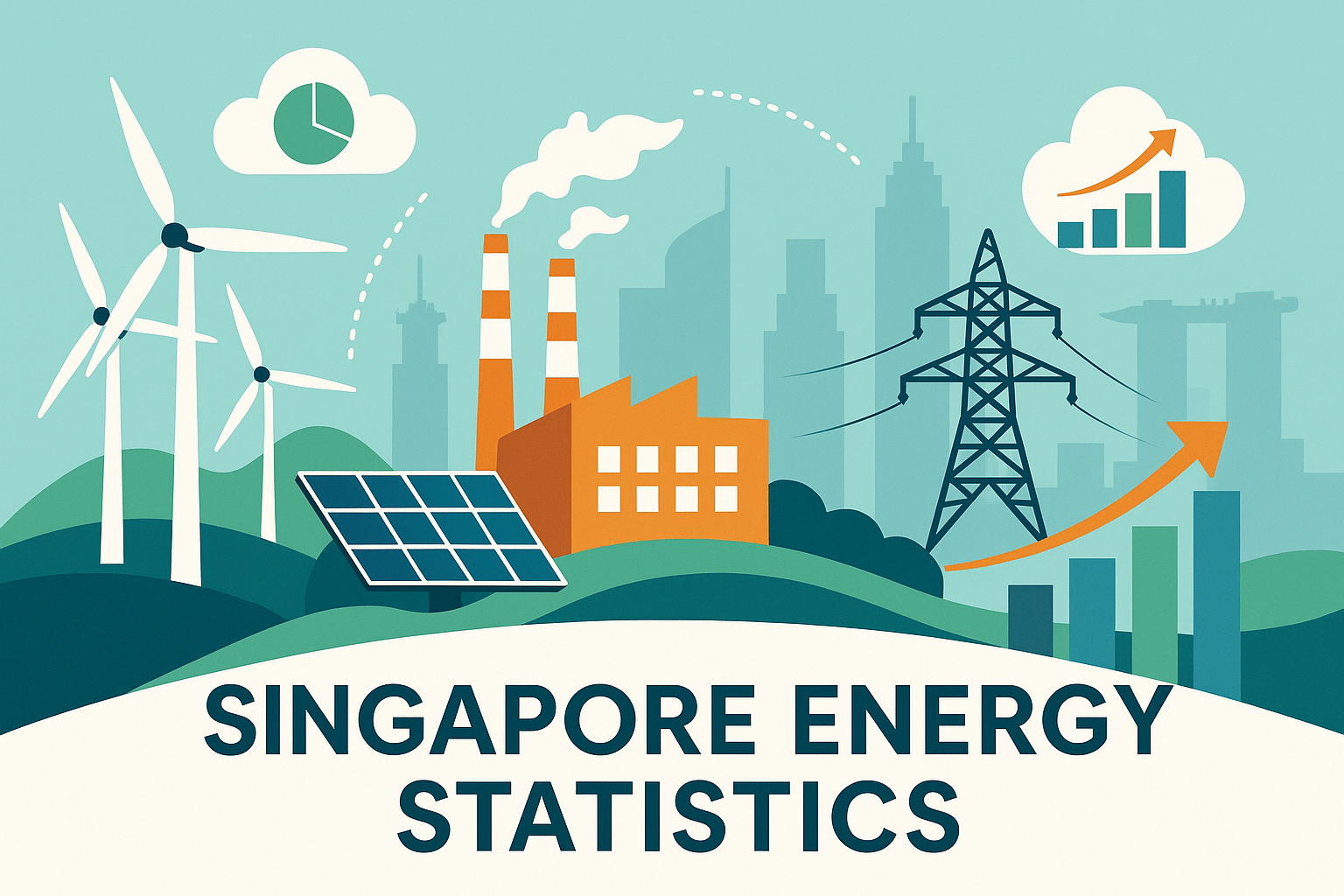
Download
Data in this annual publication is accurate as of Sep 2025.
For enhanced visibility of the variables in the charts, you may filter them through the charts' legend.
